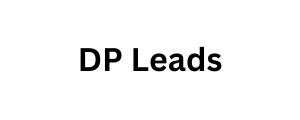How to Use Google Trends for Keyword Research
I’m sure that if you’ve ever done keyword research, you used Google Trends to check the interest in a given keyword. But many SEOs never utilize the full potential of this fantastic tool. That is why we decided to write an article about Google Trends. In this post, we’ll cover a few cool ways to use Google Trends to help with your keyword research and сontent marketing strategy. But first, let’s get to the bottom of what Google Trends is (and isn’t). When I started writing this article, I realized there is some confusion about Google Trends data across the internet. How to Use Many people think that the trend curve is the direct representation of the query’s search volume over time (like the one you can see in Google Keyword Planner tool).
That’s not exactly
Let me show you the trends graphs for the keyword “flowers” in Google Trends and GKP tool: This example gives us two important takeaways: Search term executive email list popularity changes when the query’s search volume changes (see May 2017 — June 2017). That’s pretty obvious, right? Search term popularity will also change if the total number of searches changes, even if the query’s search volume is constant (see June 2017 — July 2017 in my example above). Now you see that popularity used in Google Trends does not always correlate with query’s search volume. But in most cases, it does. For example, if you take the keyword “Star Wars,” you’ll notice that the same spike (December 2015) appears in Google Trends and Ahrefs Keywords Explorer.
How to Use see that
The query “umbrella” is the most popular in the US in June while in Australia the peak falls in December. These are the months when the rainy season DP Leads begins in these. Countries, and people realize they don’t want to get wet. So if your business is season-dependent, you can quickly. Estimate its peaks and bottoms by analyzing the. Relevant search queries in Google Trends. You can then put this data to use in two ways. Create relevant content to coincide with the peak: For example, if you live in Australia and sell umbrellas, it may make sense to put together a “wet season preparation guide” and publish it in December. After all, this is when your potential customers are most likely to be searching for such information.







